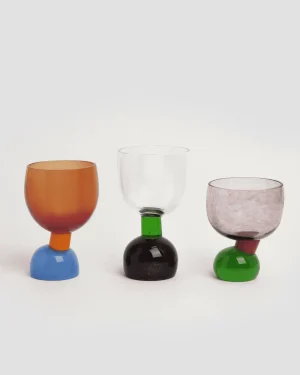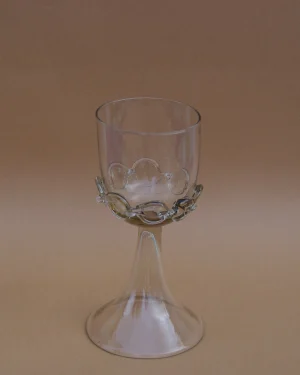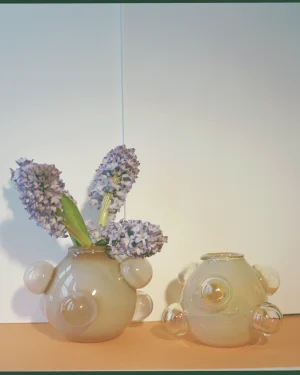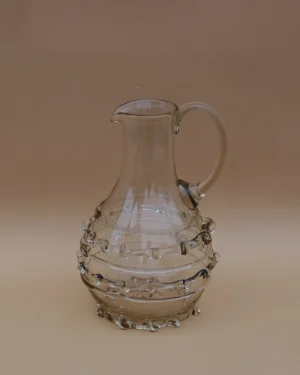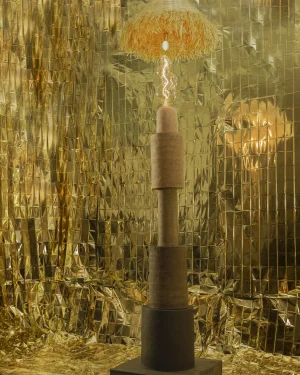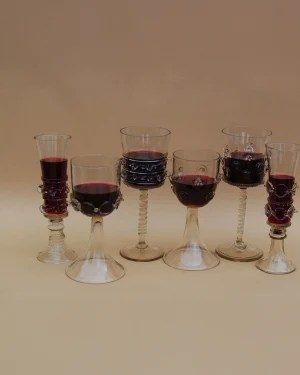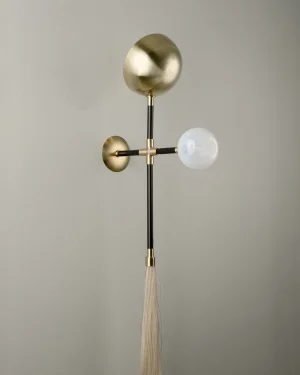-
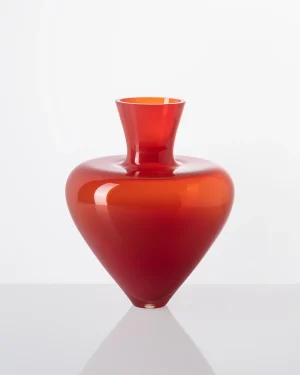
Bloom – Heart Shaped Vases
€823 - €1.767 incl. tax This Piece has multiple variants. The options may be chosen on the Piece page -
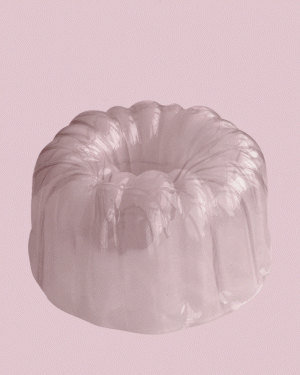 Free shipping
Free shippingJello – Large Glass Cloche
€336 incl. tax This Piece has multiple variants. The options may be chosen on the Piece page -
 Free shipping
Free shippingConcha Embroidure Limited Edition – Embroidered Fabric Paper In Ivory, Brass And Opal Glass
€816 -
 Free shipping
Free shippingJello – XL Glass Cloche
€376 incl. tax This Piece has multiple variants. The options may be chosen on the Piece page -
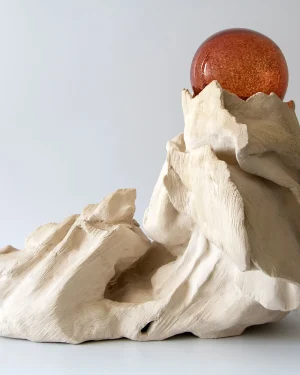 In stock
In stockAbyss No. 23 – Sculptural Stoneware Light
€2.500 -
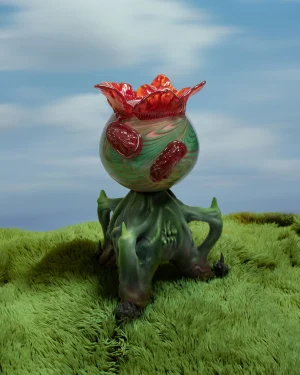 In stock
In stockSarkora
€2.541 incl. tax -
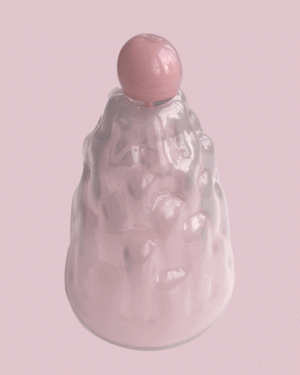 Free shipping
Free shippingJello- High Glass Cloche
€259 incl. tax This Piece has multiple variants. The options may be chosen on the Piece page -
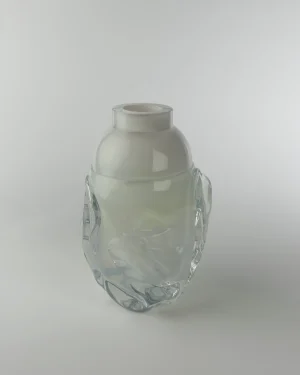 Free shipping
Free shippingPersona L Crema Vase
€697 -
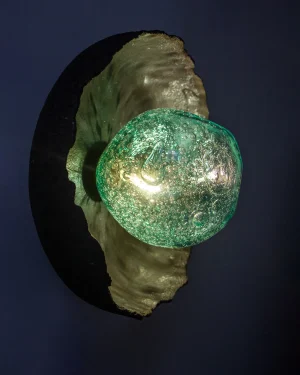 In stock
In stockAsea No.12 Green – Stoneware / Blown Glass Sconce
€800 -
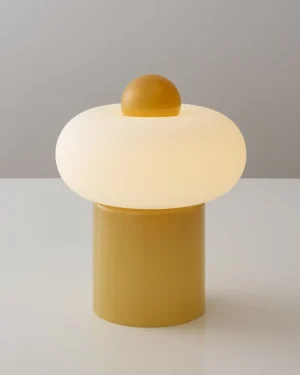 Free shipping
Free shippingCapsula 05t
€880 -
 In stock
In stockAsea No.12 Sand – Stoneware / Blown Glass Sconce
€800 -
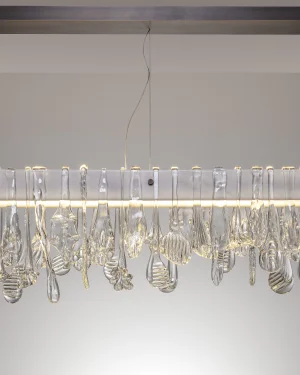 In stock
In stockPingente Pendant Lamp
€8.000 -
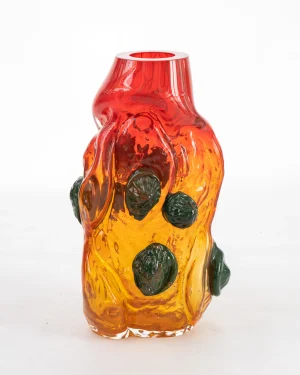 In stock
In stockDysplasio – Spring-Red Sculptural Glass Vase
€2.299 incl. tax -
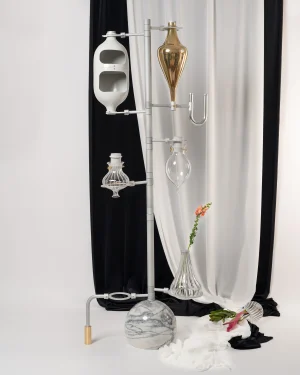 In stock
In stockThe Emotional Lab Light – Grey
Price Upon Request incl. tax -
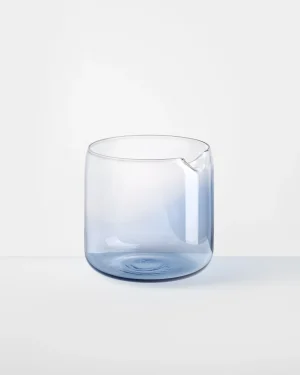 Free shipping
Free shippingMind Glass
€36 incl. tax This Piece has multiple variants. The options may be chosen on the Piece page -
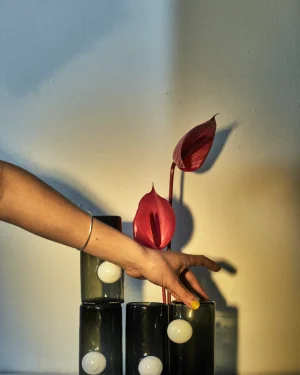 Free shipping
Free shippingBubble Cup Tall
€118 - €128 incl. tax This Piece has multiple variants. The options may be chosen on the Piece page -
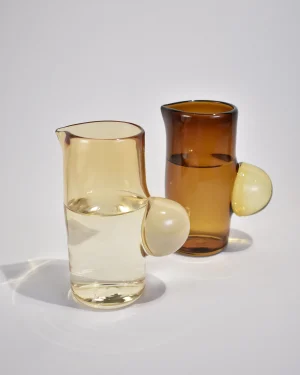 Free shipping
Free shippingBubble Pitcher
€268 - €321 incl. tax This Piece has multiple variants. The options may be chosen on the Piece page -
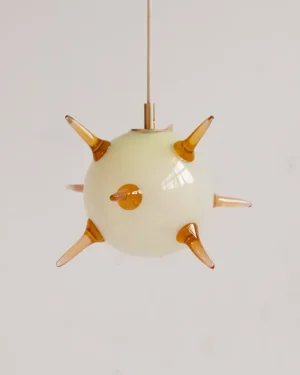 Free shipping
Free shippingPokie – Small Spiked Pendant Lamp
€2.664 -
 Free shipping
Free shippingSeaglass – Calm Coastal Lamp
€2.237 incl. tax This Piece has multiple variants. The options may be chosen on the Piece page -
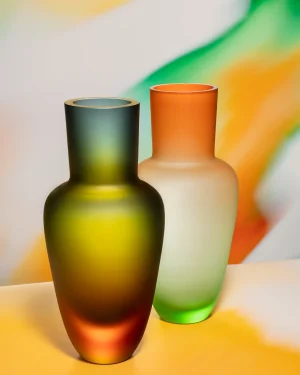
Misty Garden Vases
€2.904 incl. tax This Piece has multiple variants. The options may be chosen on the Piece page -
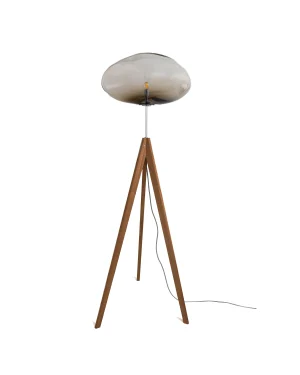
Statix Floor Lamp – Silver Smoke
€7.348 - €7.985 incl. tax This Piece has multiple variants. The options may be chosen on the Piece page -

Amber – Handblown Glass Vase
€2.178 incl. tax -
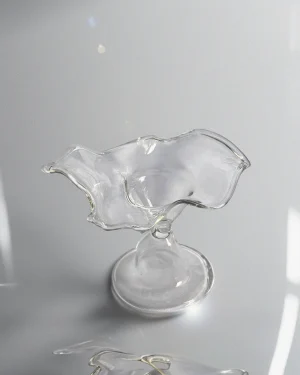 Free shipping
Free shippingMyth Ashtray – Handcrafted Blown Glass
€242 incl. tax -
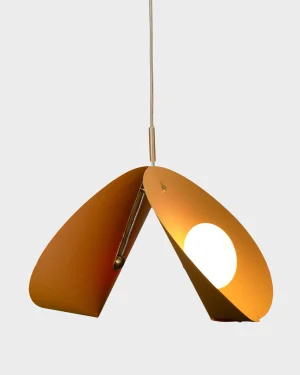 Free shipping
Free shippingConcha Pendant Light Model 02 – Small – Flecked Paper, Brass, Opal Ellipsoid Glass
€450 incl. tax This Piece has multiple variants. The options may be chosen on the Piece page -
 In stock
In stockVessel Of Light – Blown Glass / Brass
€1.370 -
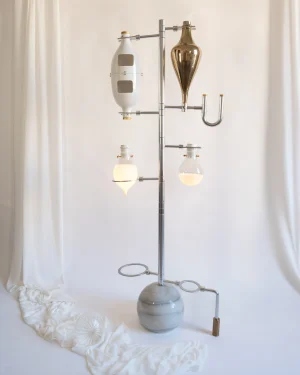 In stock
In stockThe Emotional Lab Light – White
Price Upon Request incl. tax -
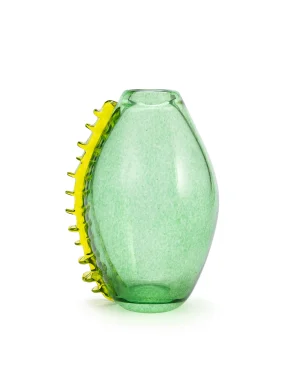 In stock
In stockBig Prickly – Mouth-blown Glass Vase
€500 -
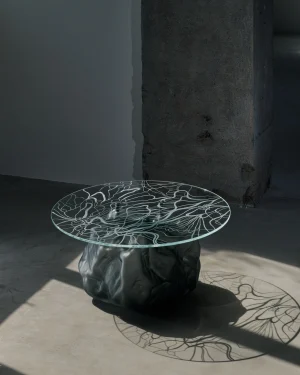 Free shipping
Free shippingBlown Glass Coffee Table
€7.125 incl. tax This Piece has multiple variants. The options may be chosen on the Piece page -
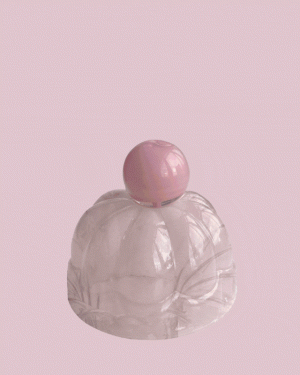 Free shipping
Free shippingJello – Small Glass Cloche
€200 incl. tax This Piece has multiple variants. The options may be chosen on the Piece page -
 Free shipping
Free shippingBubble Pendant – Large Playful Pendant Lamp
€5.398 incl. tax This Piece has multiple variants. The options may be chosen on the Piece page -
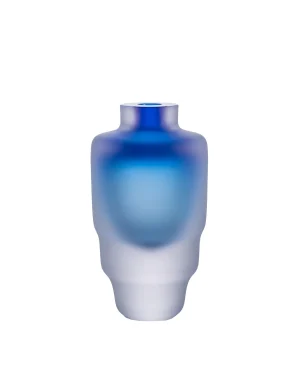
Toy – Object Vases
€1.077 - €1.137 incl. tax This Piece has multiple variants. The options may be chosen on the Piece page -
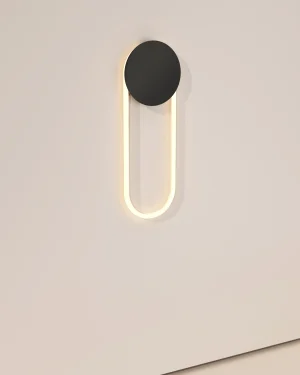 In stock
In stockRA Wall Short
€2.750 - €2.938 incl. tax This Piece has multiple variants. The options may be chosen on the Piece page -
 In stock
In stockGigi Grand Floor Lamp
€8.875 incl. tax This Piece has multiple variants. The options may be chosen on the Piece page -
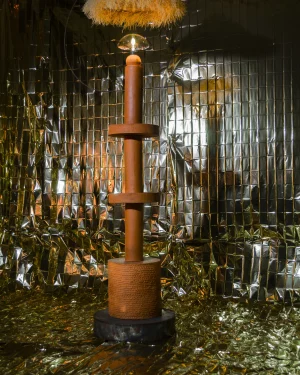 In stock
In stockThe Ancestors – Badru – Born on a Full Moon Floor Lamp
€4.250 incl. tax -
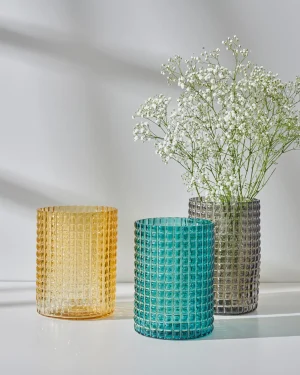
Splay The Louvre No. 1 – Translucent Free Blown Glass Vase
€357 incl. tax This Piece has multiple variants. The options may be chosen on the Piece page -
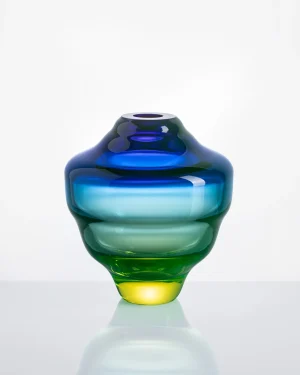
Trifid – Glowing Vases
€1.646 - €1.767 incl. tax This Piece has multiple variants. The options may be chosen on the Piece page -
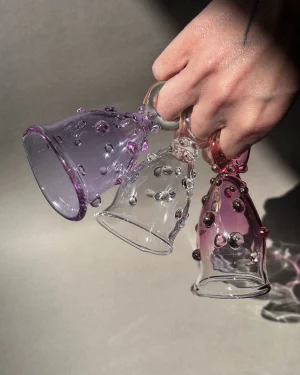 Free shipping
Free shippingCup Of Love Ring – Lilac
€184 incl. tax This Piece has multiple variants. The options may be chosen on the Piece page -
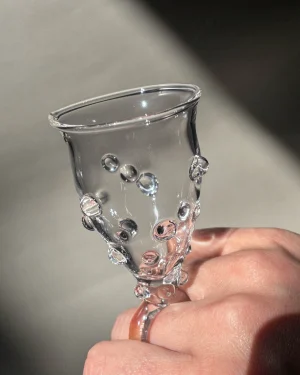 Free shipping
Free shippingCup Of Love Ring – Transparent
€184 incl. tax This Piece has multiple variants. The options may be chosen on the Piece page -
 In stock
In stockSkull – Collectible Object
€12.342 incl. tax -
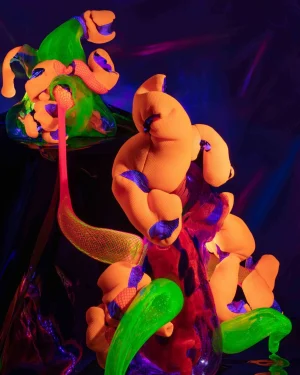 In stock
In stockVeruschka – Collectible Object
€24.079 incl. tax
